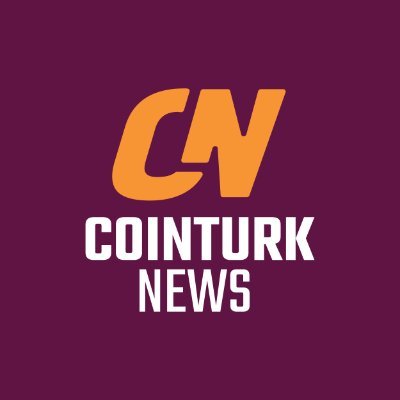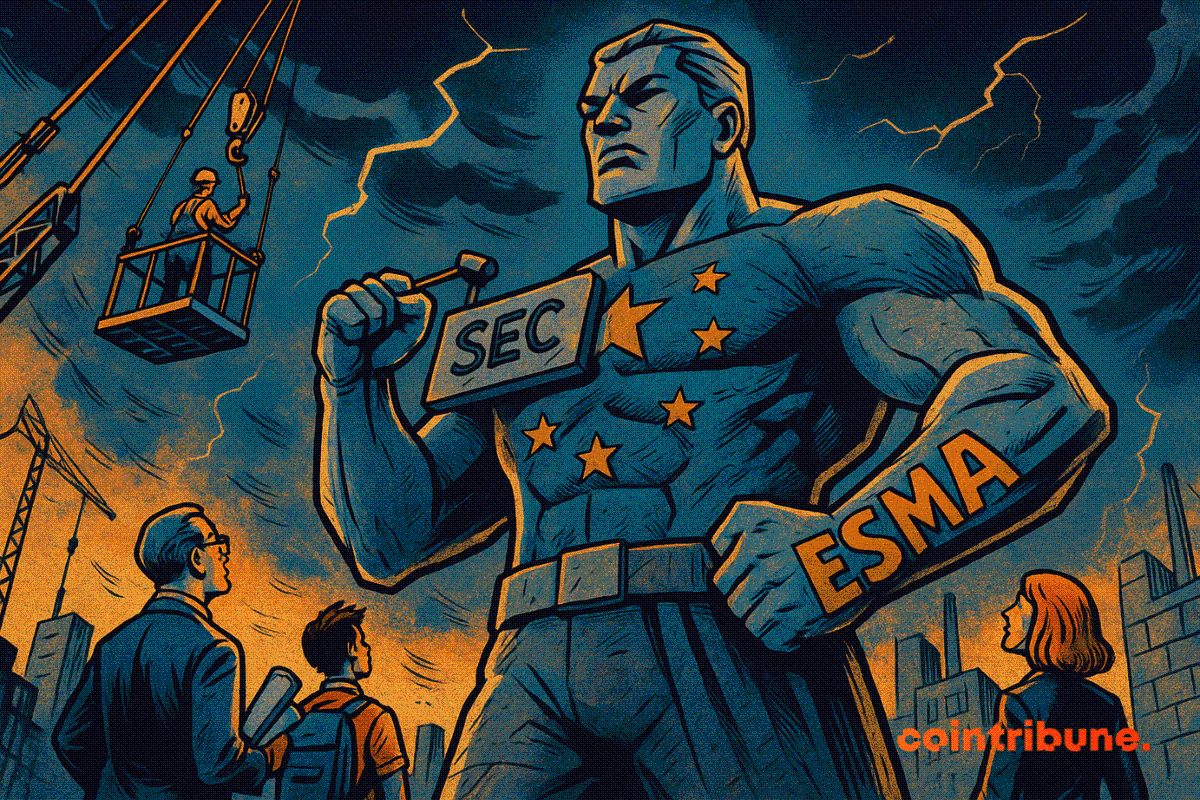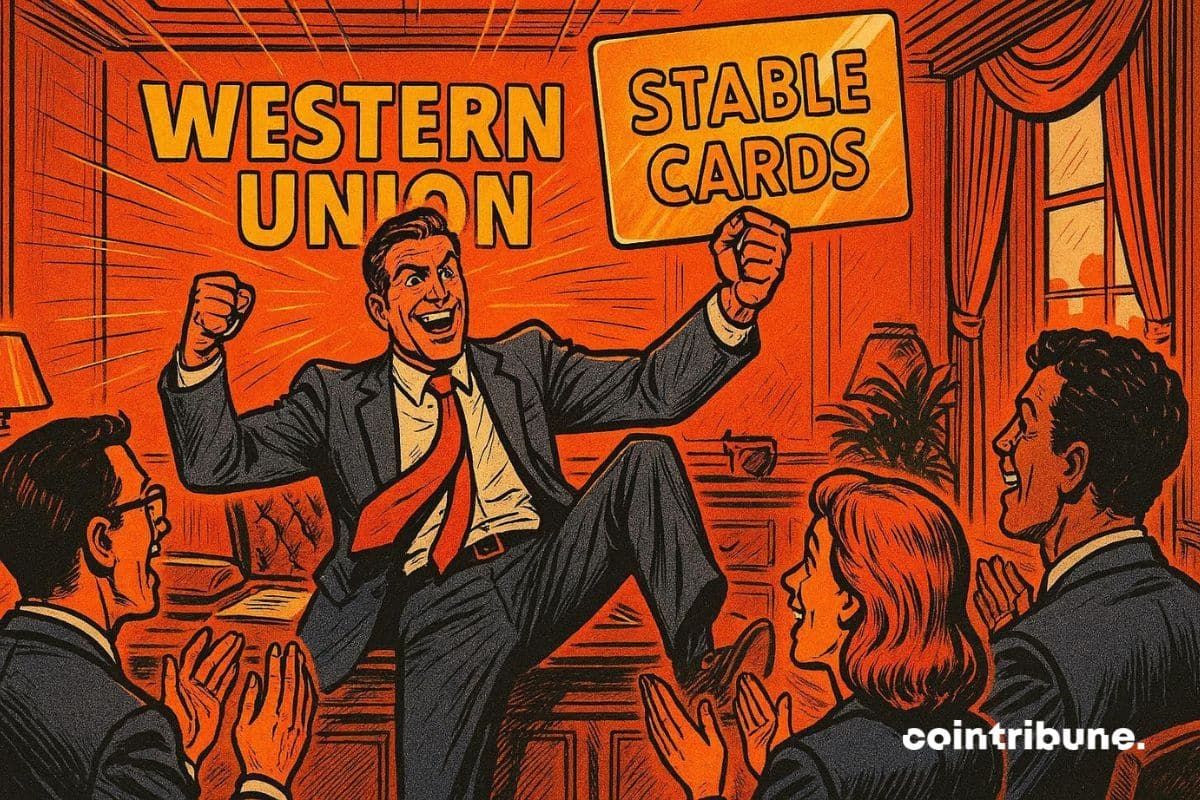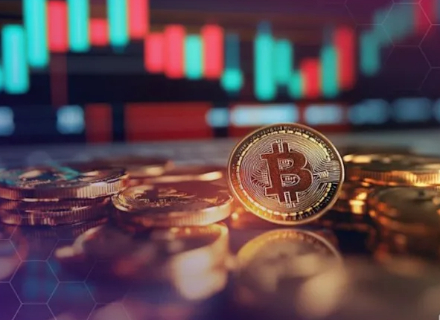The total market value of stablecoins has, for the first time, surpassed the $300 billion mark. According to DeFiLlama, the total valuation has reached $301 billion, marking a 2% increase over the past week and a 6.5% rise over the past 30 days, as confirmed by data from October 3, 2025. This record reflects increased trading volumes and capital inflows, bolstered by the broader recovery in the cryptocurrency market, evidenced by double-digit gains in Bitcoin $120,482 and Ethereum $4,485 during the third quarter.
Market Leadership and Share Distribution of Stablecoins
Tether ’s USDT remains the market leader with a substantial valuation of $176.3 billion, holding roughly 58% of the market share. This solidifies its position, having recently surpassed the $173 billion threshold. Following USDT, Circle’s USDC ranks second with $74 billion, capturing a 24.5% market share. The top four is rounded out with Ethena’s USDe at $14.8 billion and DAI at $5 billion.
The growth in overall market value has clarified the dominance distribution, preserving the gap between USDT and USDC, while USDe gradually gains ground. DAI continues its path with a collateral-focused model, maintaining a smaller yet stable presence in fourth place. The steady market expansion, with weekly and monthly growth rates of 2% and 6.5% respectively, highlights gradual shifts in market share fueled by consistent demand.
Impact of Regulatory Framework on Market Interest
Approximately 20% growth in the third quarter was accelerated by increased clarity in regulatory frameworks. The adoption of the GENIUS Act in the United States has introduced clearer rules for dollar-pegged stablecoin issuers regarding reserves and regular reporting, paving the way for scalability. The establishment of transparent oversight and auditing standards enhances the capacity and infrastructure of custodial and intermediary entities.
Regulatory clarity is facilitating the acceptance of stablecoins across payment, trading, and DeFi layers. Institutional demand channels are expanding, while the compliance processes on the issuer’s side are fostering greater market fund inflows, driving acceleration.




